Welcome to the fascinating world of Jurassic Dinosaurs! The Jurassic Period, which follows the Triassic Period, is the second phase of the Mesozoic Era, a remarkable chapter in Earth’s history.
Before the Jurassic Period, a catastrophic event known as the mass extinction occurred during the Triassic Period. This event, likely triggered by extensive volcanic eruptions, led to the disappearance of numerous species. Among the casualties were the pseudosuchians, crocodile-like creatures that posed a significant competition to the dinosaurs.
With their rivals out of the picture, the dinosaurs seized this golden opportunity and swiftly rose to prominence as the dominant land animals during the Jurassic Period. Now, let’s embark on a journey to meet some of these extraordinary Jurassic Dinosaurs!
Dinosaurs That Lived In The Jurassic Period
Allosaurus
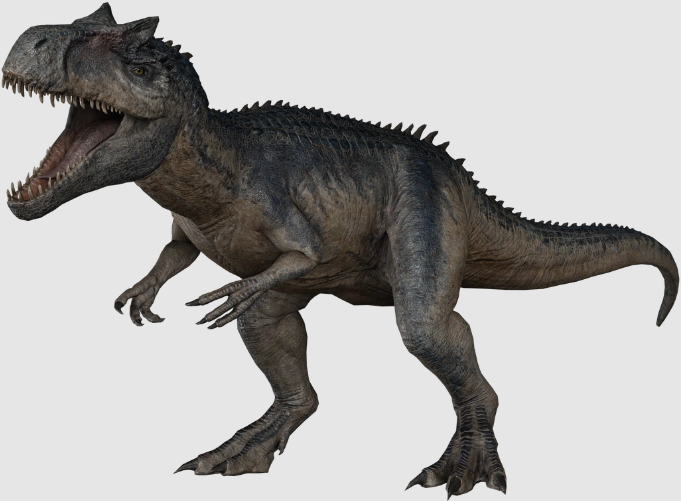
Dinosaur Type: Theropod Existed: Late Jurassic, approximately 155 to 150 million years ago Location: North America Estimated Size: 5 to 12 meters long (28 to 39 feet)
Allosaurus, a member of the theropod group of dinosaurs, roamed the Earth during the Late Jurassic period. This formidable creature was primarily found in the Morrison Formation, a geological layer formed in the Jurassic Period, which is situated in the western part of the United States. The name “Allosaurus” was given to it by the renowned fossil collector Othniel Charles Marsh. While most Allosaurus fossils have been unearthed in the United States, remains of this dinosaur have also been discovered in Portugal.
Allosaurus was a sizable bipedal predator. As an apex predator, it hunted and preyed upon other dinosaurs like sauropods and Stegosauria, with Stegosaurus being one of its potential targets.
Apatosaurus
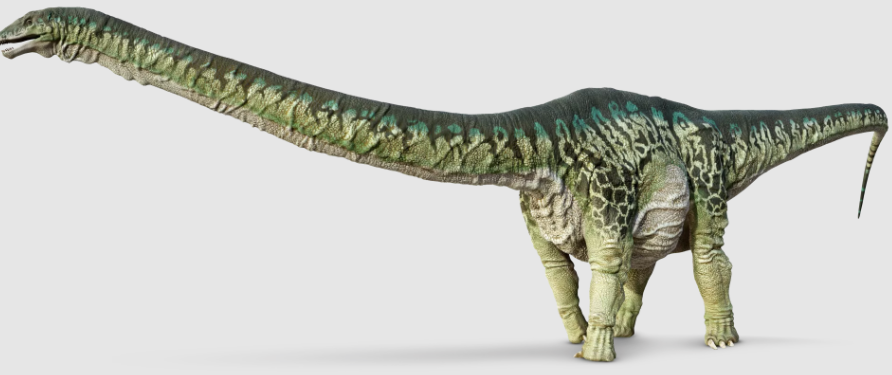
Sauropods, specifically the Apatosaurus, roamed the earth during the Late Jurassic period, approximately 152 to 151 million years ago. These massive dinosaurs were discovered in the Morrison Formation, located in the western United States. With an estimated length of 25 meters (82 feet), Apatosaurus was an impressive creature.
Interestingly, another dinosaur named Brontosaurus was also discovered in the same formation by Othniel Charles Marsh. Initially, it was believed that Apatosaurus and Brontosaurus were the same species. However, in the early 20th century, further examination led to the conclusion that they were, in fact, identical. As a result, all Brontosaurus specimens were reclassified as Apatosaurus.
However, recent research conducted in the 21st century has shed new light on the subject, indicating that these dinosaurs are indeed distinct from each other. Therefore, Brontosaurus is once again recognized as a separate and unique type of dinosaur.
Archaeopteryx
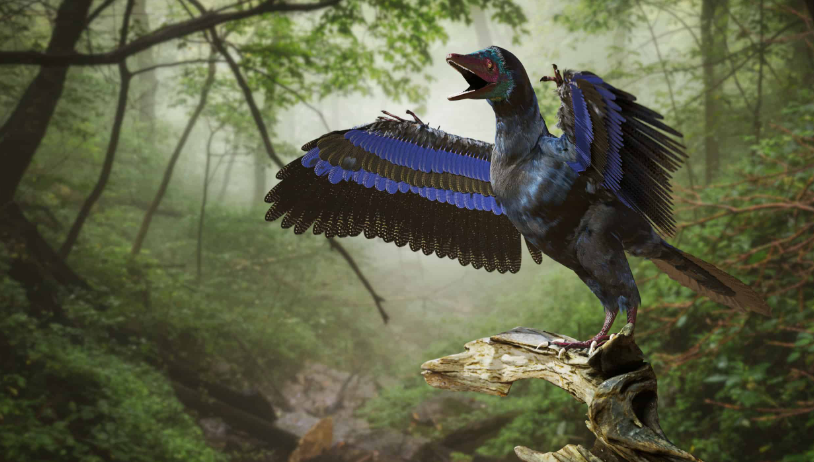
Dinosaur Type: Theropod Era of Existence: Late Jurassic period, approximately 150.8–148.5 million years ago Location of Discovery: Bavaria, southern Germany Estimated Size: Around 0.5 meters (20 inches) in length
The Archaeopteryx, a remarkable creature, belonged to the group of theropod dinosaurs. Unearthed in Germany in 1861, this nearly flawless skeleton stands as one of the most renowned dinosaur findings ever made. Its significance extends beyond its fame, as it provided compelling evidence for renowned scientists like Charles Darwin and Thomas Henry Huxley, supporting the notion of evolution and proposing that birds are descendants of dinosaurs.
Archaeopteryx exhibits both dinosaur-like features such as teeth, winged claws, and a tail, as well as avian characteristics including a wishbone and feathers suitable for flight. Scientists remain uncertain about whether Archaeopteryx was truly capable of flapping flight or if it relied on advanced gliding techniques.
Brachiosaurus
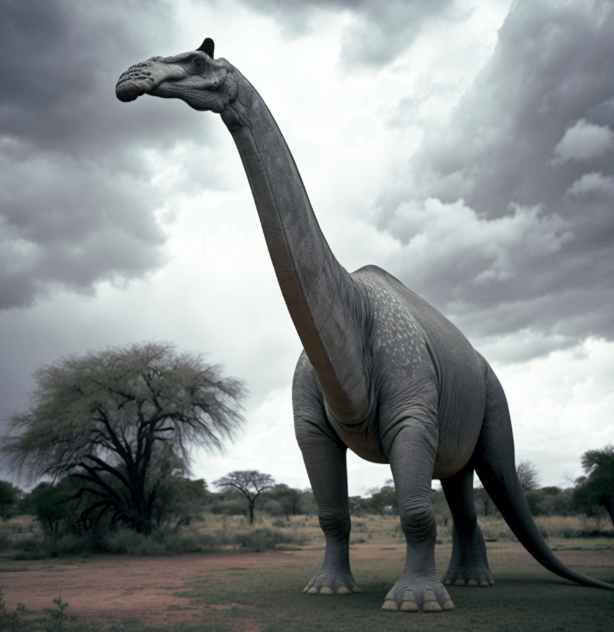
Sauropods, characterized by their immense size, include a notable dinosaur known as Brachiosaurus. This majestic creature roamed the Earth during the Late Jurassic period, approximately 154 to 153 million years ago. Its fossil remains have been unearthed in the region of Colorado, located in the United States.
Brachiosaurus possessed distinct features typical of sauropods, including an elongated neck and tail, accompanied by a colossal body supported by four legs resembling sturdy tree trunks. The initial discovery of a Brachiosaurus specimen took place in 1900, courtesy of the efforts of Elmer S. Riggs, an esteemed American paleontologist.
Upon its revelation, Brachiosaurus was believed to be one of the largest known dinosaurs of its time. Although subsequent to have reached awe-inspiring lengths of up to 21 meters (69 feet).
Brontosaurus
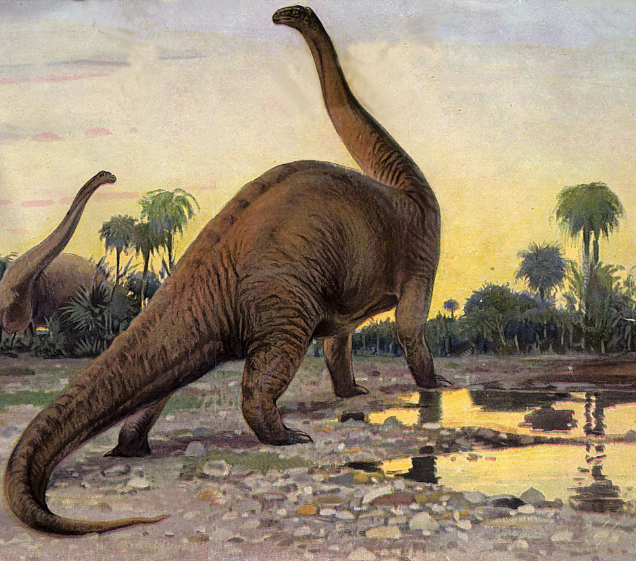
Dinosaur Type: Sauropod Time of Existence: Late Jurassic, approximately 156.3-146.8 million years ago Location: Morrison Formation, North America Estimated Size: 22 meters (72 feet)
Brontosaurus, a colossal sauropod, earned its name ‘thunder lizard’ courtesy of the American paleontologist Othniel Charles Marsh. This magnificent creature roamed the lands of North America during the Late Jurassic era.
Scientists speculate that Brontosaurus, along with other sauropods, possessed the ability to wield its colossal tail like a whip, potentially deterring any approaching predators.
Camarasaurus

Sauropods, a type of dinosaur, roamed North America during the Late Jurassic period, approximately 155-145 million years ago. Among these magnificent creatures, the Camarasaurus stands out as the most frequently discovered species in the region. Its name, derived from “chambered lizard,” reflects the presence of hollowed-out bones, a characteristic shared by other sauropods. These hollow bones served a dual purpose: reducing the weight of the skeleton and housing air sacs that aided these colossal dinosaurs in their breathing process. With an estimated length of 18 meters (59 feet), the Camarasaurus left an enduring mark on the ancient landscape.
Camptosaurus
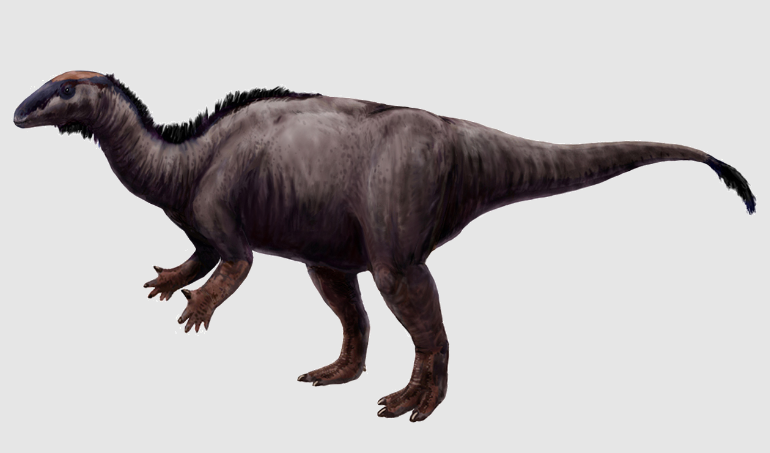
Category of Dinosaur: Ornithopod Existed: Late Jurassic Era Location of Discovery: North America Approximate size: 5-7 meters (11.5-23 feet) Camptosaurus, an ornithopod, roamed the lands of North America during the Late Jurassic period. Numerous Camptosaurus fossils have been unearthed in the Morrison Formation in the western parts of the United States. It is highly probable that Camptosaurus was abundant in this particular region during the Late Jurassic.
Ornithopods belong to a group of herbivorous dinosaurs called ornithischians. These dinosaurs possessed intricate chewing mechanisms to effectively consume plant material.
Ceratosaurus

Dinosaur Type: Theropod Time of Existence: Late Jurassic period, approximately 153-148 million years ago Location of Discovery: North America Estimated Size: Around 6 meters in length (equivalent to 20 feet)
Ceratosaurus, a remarkable predator, belongs to the group of dinosaurs known as theropods. Its remains have been unearthed in the Morrison Formation, situated in the western regions of the United States. This particular dinosaur possessed a horn on its nose and distinctive ridges above its eyes.
The discovery of numerous fossilized footprints belonging to Ceratosaurus suggests that it might have hunted in groups, indicating a potential pack behavior. Its preferred targets for hunting likely included stegosaurs and young sauropods such as Apatosaurus and Brachiosaurus.
Compsognathus

Dinosaur Type: Theropod Time of Existence: Late Jurassic, approximately 153-148 million years ago Location of Discovery: North America Estimated Size: About 6 meters (20 feet) long Ceratosaurus, a member of the theropod family, roamed the lands of the western United States within the Morrison Formation. This carnivorous dinosaur possessed a distinctive horn on its nose and prominent crests above its eyes.
The presence of clusters of fossilized Ceratosaurus footprints suggests that this dinosaur might have engaged in pack hunting. Its potential prey could have included stegosaurs, as well as young sauropods like Apatosaurus and Brachiosaurus.
Dilophosaurus
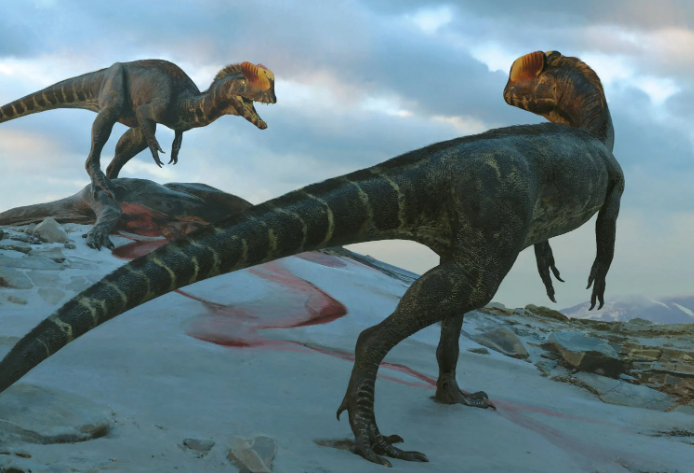
Dilophosaurus, a theropod dinosaur from the Early Jurassic period around 193 million years ago, roamed the lands of Arizona, USA. Standing at an estimated length of 6 meters (19.5 feet), this unique creature sported a remarkable feature on its head—a set of slender, bony crests. Its scientific name, which translates to ‘lizard with two crests,’ aptly describes this characteristic. These crests, tapering to sharp tips at the back, possibly served as a means of display, particularly among the male members of the species.
Diplodocus
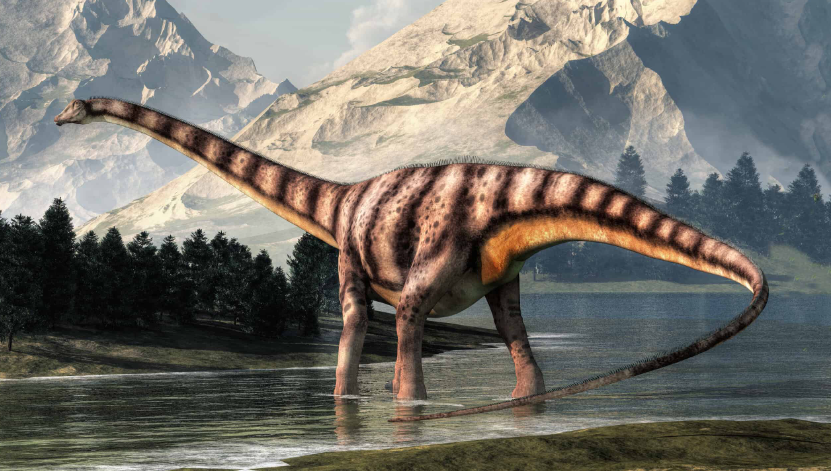
Diplodocus, a sauropod dinosaur that roamed the Earth during the Late Jurassic period approximately 154-152 million years ago, possessed distinct characteristics. This massive creature, measuring about 27 meters (89 feet) in length, was commonly found in the Morrison Formation of the western United States. Notably, Diplodocus had hind legs that were longer than its front legs, causing its body to slope downwards from the hips to the shoulders.
Researchers believe that Diplodocus had the remarkable ability to raise itself on its hind legs, utilizing its enormous tail as a support. This unique adaptation would have allowed the colossal reptile to access vegetation that would have otherwise been inaccessible.
Huayangosaurus
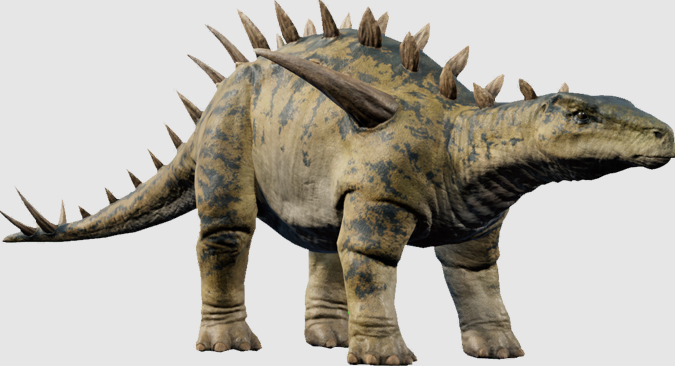
Dinosaur Type: Stegosaurian Time of Existence: Middle Jurassic Period, approximately 165 million years ago Location of Discovery: Dashanpu Quarries, China Estimated Size: Around 4 meters (13 feet) in length
Huayangosaurus, a stegosaurian from ancient times, inhabited the region that is now known as China during the Middle Jurassic era. This fascinating dinosaur belonged to the ornithischian group, characterized by its bird-hipped structure, and it sustained itself by consuming plants while moving on all fours.
Among the stegosaurians, Huayangosaurus holds the distinction of being the smallest-known representative. It possessed two rows of spiky plates adorning its back, accompanied by a tail armed with spikes.
Lesothosaurus
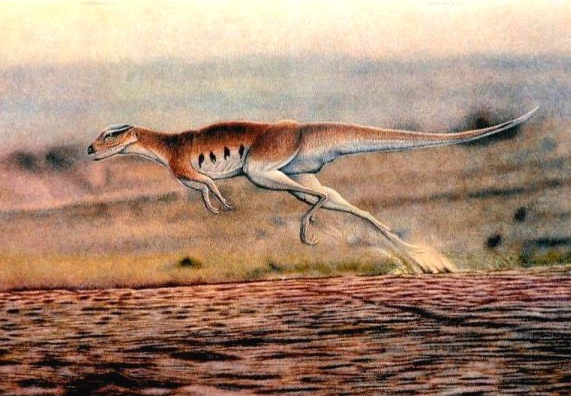
Dinosaur Type: Ornithischian Lived: Early Jurassic period, approximately 199-189 million years ago Location: Lesotho, a country in Southern Africa Approximate size: Around 1 meter in length (equivalent to 3.3 feet) Lesothosaurus, a slender and diminutive dinosaur, possessed a lightweight structure and long legs, indicating its capability for swift locomotion. As one of the early representatives of ornithischian dinosaurs, Lesothosaurus consumed plants by employing a chopping motion, rather than the chewing motion observed in later ornithischians, which had evolved cheek structures facilitating such feeding behavior.
Megalosaurus
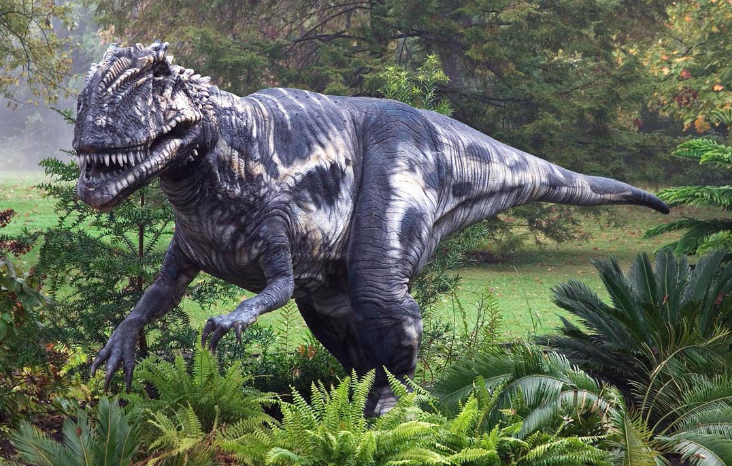
Dinosaur Type: Theropod Time of Existence: Middle Jurassic period, approximately 166 million years ago Location of Discovery: England, with a possibility of also being found in France Estimated Size: Around 9 meters long (30 feet)
Megalosaurus holds the distinction of being the first officially named dinosaur. English paleontologist Richard Owen introduced this fascinating creature, along with two others, to unveil a remarkable “new” category of animals known as dinosaurs.
Megalosaurus roamed the Earth on its hind legs, utilizing its tail for balance. As a predator, it likely targeted prey such as sauropods and stegosaurians.